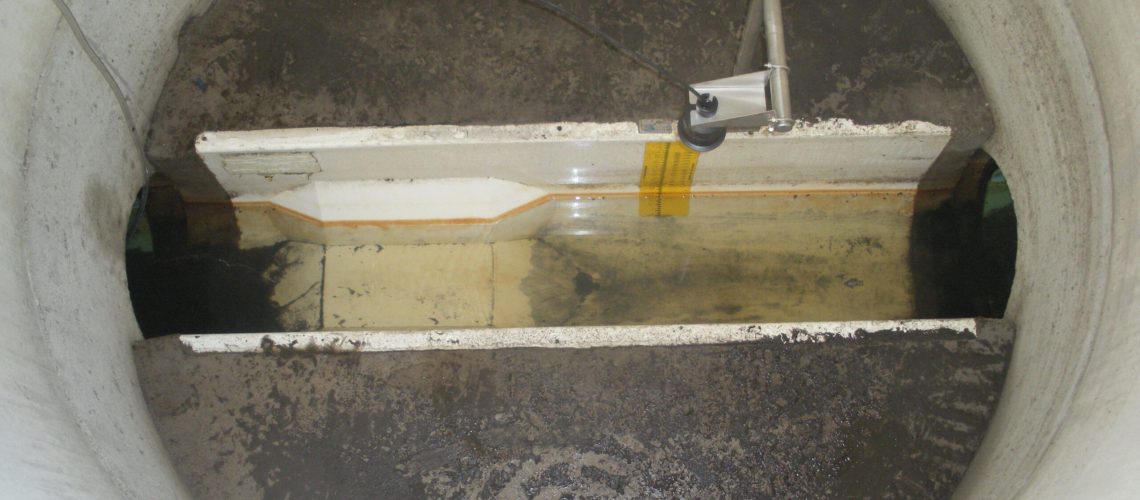When you’re determining what the best kind of flume for your needs is, you may consider the Palmer-Bowlus flume. While this design can be perfect in some conditions, it’s important to note its disadvantages before you settle for anything. Take a look at the downsides of a Palmer-Bowlus flume, and see if these obstacles are something you think you can conquer.
No Universal Specifics
Many flume styles have strict standardized sizes, configurations, and flow characteristics, but the Palmer-Bowlus is not one of those styles. The only thing all Palmer-Bowlus flumes have in common is that they’re U-shaped with a raised throat ramp. The specifics other than that can vary quite a bit.
Other styles, like Parshall flumes, have universally standardized specifics, but Palmer-Bowlus flumes don’t have the same features. When the sizes do change, that can go along with the shape of the ramp. In turn, that alters the capacity and flow sensitivity. It’ll then be on the manufacturer to provide the proper rating tables/equations for use. Because of this, you’ll need to ensure you’re working with a reliable manufacturer.
Not Suitable for Lower Flows
In most cases, a Palmer-Bowlus flume works well for normal flow conditions being able to offer accuracy within +/- 3-5%. Keep in mind, however, that this only happens when the head in the flume is large in comparison to the length of the throat. If the reverse is true, which is what happens in lower flows, then the accuracy will be negatively affected. When the head is small in comparison to the throat length, your accuracy will be around +/- 4-6%.
Upstream Sensitivity
Upstream conditions have to be maintained for every kind of flume, but the Palmer-Bowlus style is particularly vulnerable to certain problems with upstream conditions that could alter your flume’s ability to take accurate measurements of flow rate. Sedimentation is one of the most common problems that these kinds of flumes face thanks to their raised throat ramp. Sediment can become deposited, and if that occurs enough, the dimensions of the flume itself will be changed rendering all your measurements invalid. The only way to counteract this is to remove the sediment somewhere upstream or opt for a flume with a flat bottom.
In addition to sediment concerns, the upstream conditions for a Palmer-Bowlus style flume also require a longer straight run in order to function properly. For the most common style of flume, the Parshall, requires a straight run of about 15 pipe diameters for the flow to be uniform enough for the flume. The HS / H / HL only requires 3-5 pipe diameters. Meanwhile, the Palmer-Bowlus requires a massive 25 to function properly.
Palmer-Bowlus flumes from Tracom
The downsides of a Palmer-Bowlus flume can be significant, but its unique design can still be perfectly suitable for your unique flow channel conditions. With help from Tracom, you can get your hands on a custom-designed flume tailored to your unique open channel flow conditions whether it’s a Palmer-Bowlus or any other kind of style that might work better. Contact us today to get started!


